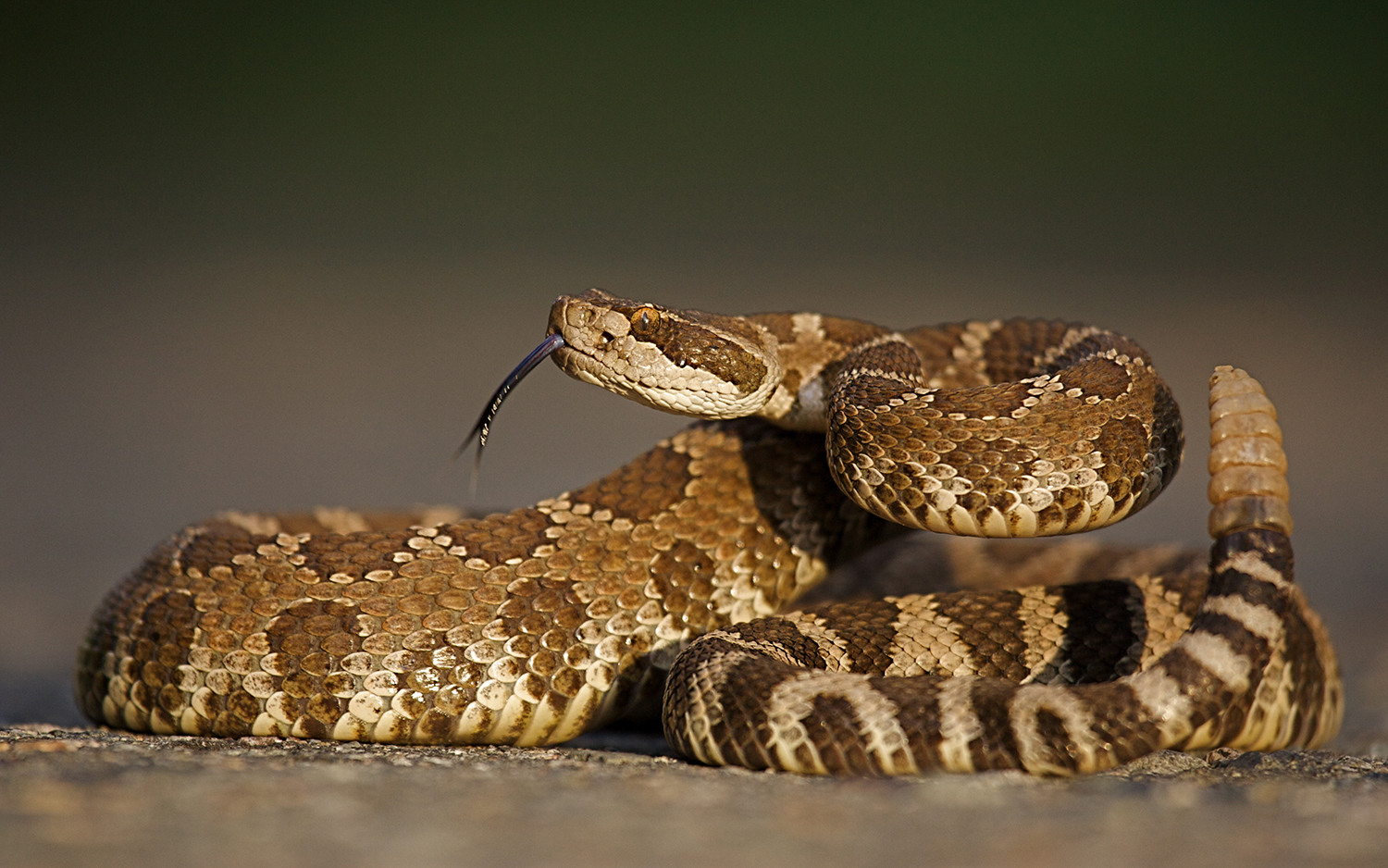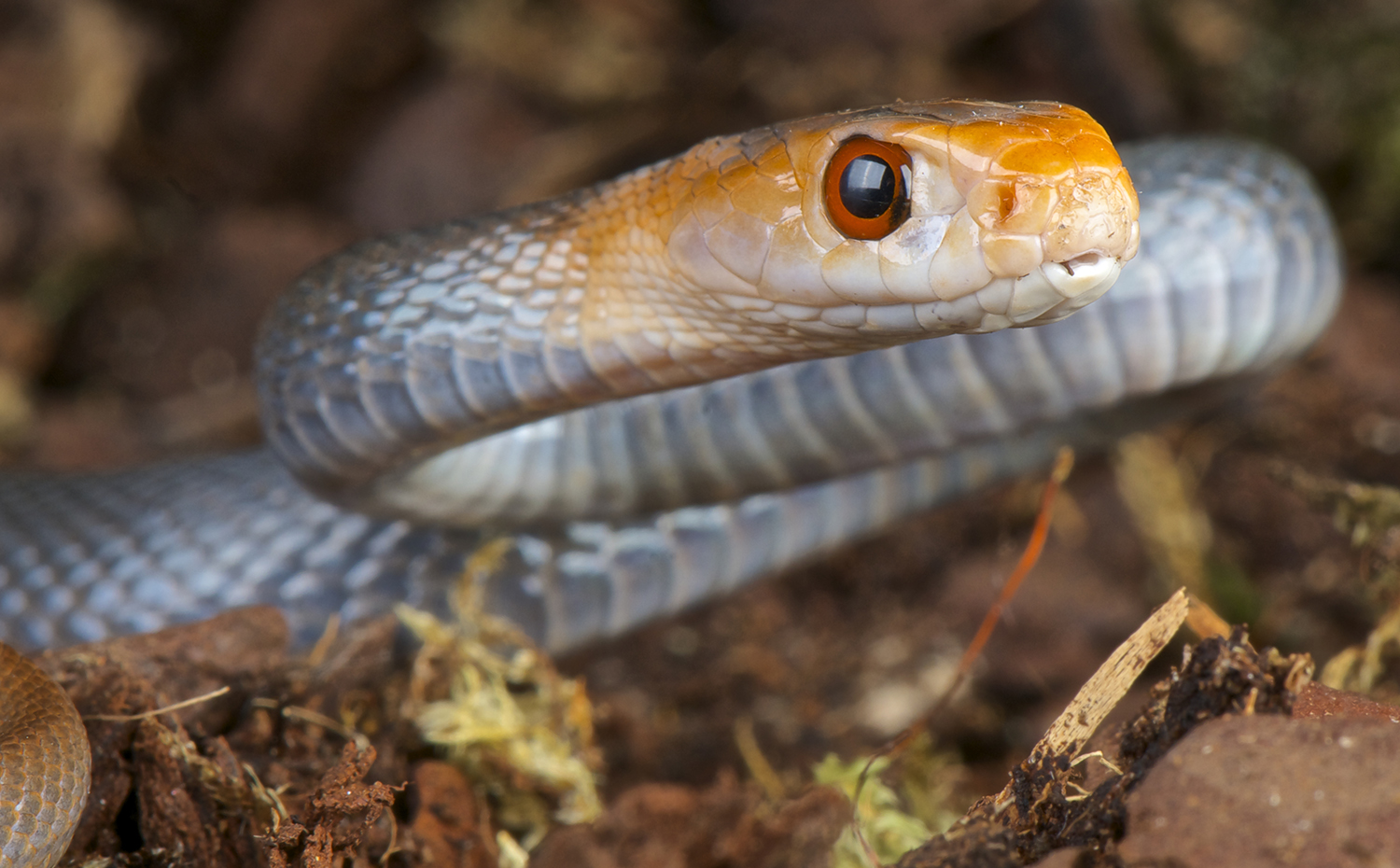
What Should You Do If You're Bitten by a Venomous Snake?

Getting bitten by a venomous snake can be very scary, and can lead people to react in exactly the wrong way: Maybe they panic, try to catch or kill the snake, or apply ice or a tourniquet to the wound, which can be disastrous in certain situations.
So, how should a person respond to a bite? And what happens in the human body when a person is bitten by a venomous snake?
"The first thing to do is get away from the snake — don't try to capture it, that's just going to provide the potential for more people to get hurt," said Dr. Nicholas Kman, professor of emergency medicine at The Ohio State University Wexner Medical Center. [The World's 6 Deadliest Snakes]
"And then, they should immediately seek medical treatment, because these symptoms can progress rapidly. We watch for redness, swelling, blistering, warmth and then signs of nausea, vomiting, muscle pain and low blood pressure," Kman told Live Science. "If we start to see those, we administer the antivenom."
While snakes typically shun humans and only bite only when they feel threatened, nearly 3 million people worldwide are poisoned every year after experiencing a venomous bite. Only a fraction of these bites are fatal, but toxins in snake venom can trigger serious medical emergencies that occur within hours; they can cause organ failure, uncontrollable bleeding, severe tissue destruction and paralysis that may restrict breathing, according to the World Health Organization (WHO).
With some types of snakes, like rattlesnakes, redness and pain at the bite site develop within minutes, while with other venomous snakes, such as copperheads, the symptoms may take longer to appear, Kman said.
Before the patient reaches a medical facility, the wound should be kept clean and the affected limb should be elevated to reduce the effects of the venom. If the victim or a bystander has a fitness tracker, they can use it to monitor heart rate, Kman said.
Sign up for the Live Science daily newsletter now
Get the world’s most fascinating discoveries delivered straight to your inbox.
After being bitten, remaining calm and still can also help to slow the venom's spread, the Centers for Disease Control and Prevention (CDC) says.
What not to do
Despite what movie and TV Westerns would have you believe, victims of snake bite shouldn't try to suck out the venom from the bite site or release it by cutting themselves, Kman said. After a bite, venom floods the body's tissues and is impossible to remove through suction. Cutting is equally useless for venom extraction and can result in serious injury, he added.
"I've seen cases of hand bites where someone cut their hand and cut through a tendon," he said. "Venom is going to be absorbed into the body right away, so all you're going to do is cause more trauma. You shouldn't ice the bite, steroids shouldn't be used, there's a lot of things people do that aren't going to help a snakebite, and are probably going to make the patient worse."
And if you're bitten by a snake that's native to North America, you should never apply a tourniquet, said Dr. Dan Brooks, medical director of the Banner Poison and Drug Information Center in Phoenix, Arizona. Most North American snakes deliver a type of venom that causes excessive bleeding and can lead to tissue and muscle necrosis, so any action that restricts circulation is going to aggravate the damage, Brooks told Live Science.
"Putting a tourniquet on can actually increase local injury, and people can lose fingers or toes or need skin grafts," Brooks said.
By comparison, many species of deadly Old World snakes — those that are found in Asia, Africa and Australia — produce neurotoxins that can swiftly lead to respiratory paralysis. Bites from these snakes are often triaged with a constricting band and then treated with antivenoms that are species-specific, while bites from most North American species can be treated with the antivenoms CroFab or Anavip, Brooks explained.

The exception to that rule is coral snakes. Like Old World snakes, they deliver a neurotoxin that can inhibit breathing; those bites require special antivenom, Kman said. However, coral snake bites in the U.S. are exceedingly rare, accounting for only about 1% of annual venomous bites, he added.
Because many antivenoms for Old World snakes are specific to the species, it can be critical for victims to accurately describe the snake that delivered the bite. Even in North America, identifying the snake can help health care officials to better care for the victim, "but the most important thing is to get the antivenom as soon as possible," Brooks said. [7 Shocking Snake Stories]
Dry bites
Bites from venomous snakes don't always deliver a payload of toxins. At least 25% of venomous snake bites are so-called dry bites; if 8 to 12 hours elapse with no symptoms, the bite was likely venom-free, according to UW Health, the network of health and medicine facilities at the University of Wisconsin.
Nevertheless, it's impossible to know immediately after a bite if venom might have been injected, and victims should not wait for symptoms to appear before seeking treatment, the CDC warns.
Even if you've never encountered a venomous snake in the wild, you're probably closer to one right now than you might think. Pretty much every person on Earth lives within range of an area inhabited by snakes, researchers reported in 2018 in a study published in the journal The Lancet.
Snakes make their homes in deserts, mountains, river deltas, grasslands, swamps and forests, as well as saltwater and freshwater habitats. After natural disasters, such as floods or wildfires, snakes often move into populated areas that they previously avoided — they may even seek shelter in houses, according to the CDC.
"It's important to know the distribution of snakes where you live, because that affects how we treat these bites," Kman said.
An estimated 100,000 people worldwide die from snake bites each year, and around 400,000 people who are bitten suffer disfigurement or disabilities that last for the rest of their lives, Doctors Without Borders (MSF) reported. Poor people living in rural areas with limited access to health care are most at risk; for the MSF, most of the organization's patients come from South Sudan, Yemen, Ethiopia and Central African Republic.
Research into snakebite treatments has been historically underfunded, but a recent initiative launched by the Wellcome Trust global health charity in the United Kingdom is addressing this "hidden health crisis," representatives said in a statement.
Over the next seven years, the project will develop safer and more affordable antivenoms; working together with the WHO, the initiative aims to halve the global number of deaths and injuries from snakebite by 2030, according to the statement.
- Image Gallery: Snakes of the World
- 5 Killer Creatures: Surprisingly Deadly Animals
- Fact or Fiction? Test Your Knowledge About Snakes
Originally published on Live Science.

Mindy Weisberger is an editor at Scholastic and a former Live Science channel editor and senior writer. She has reported on general science, covering climate change, paleontology, biology and space. Mindy studied film at Columbia University; prior to Live Science she produced, wrote and directed media for the American Museum of Natural History in New York City. Her videos about dinosaurs, astrophysics, biodiversity and evolution appear in museums and science centers worldwide, earning awards such as the CINE Golden Eagle and the Communicator Award of Excellence. Her writing has also appeared in Scientific American, The Washington Post and How It Works Magazine. Her book "Rise of the Zombie Bugs: The Surprising Science of Parasitic Mind Control" will be published in spring 2025 by Johns Hopkins University Press.










